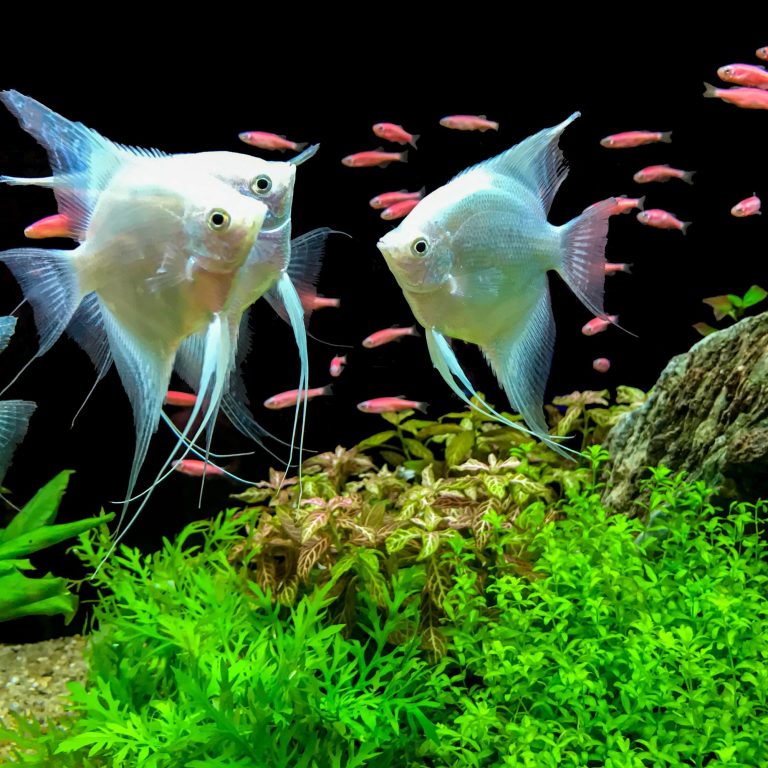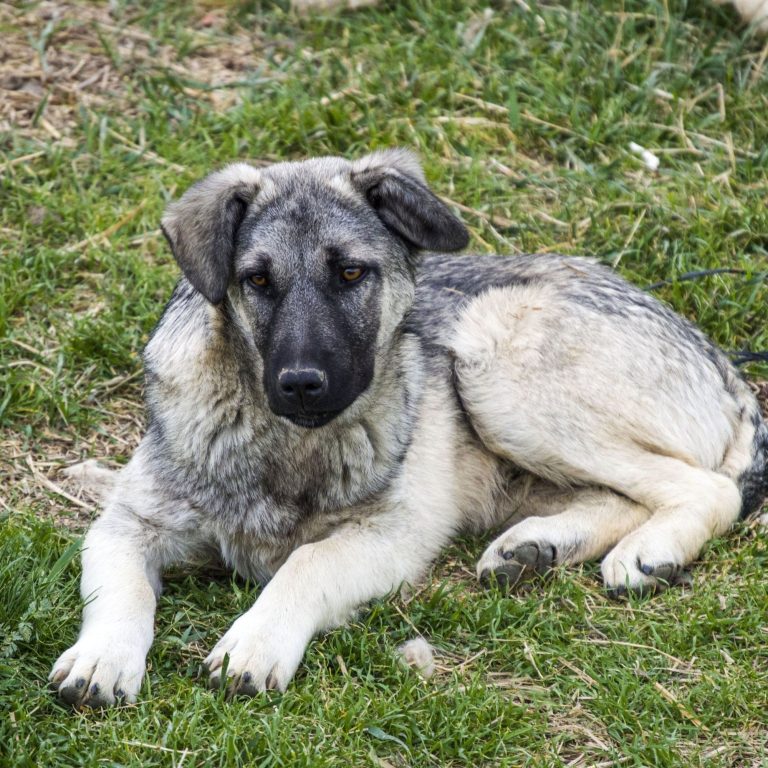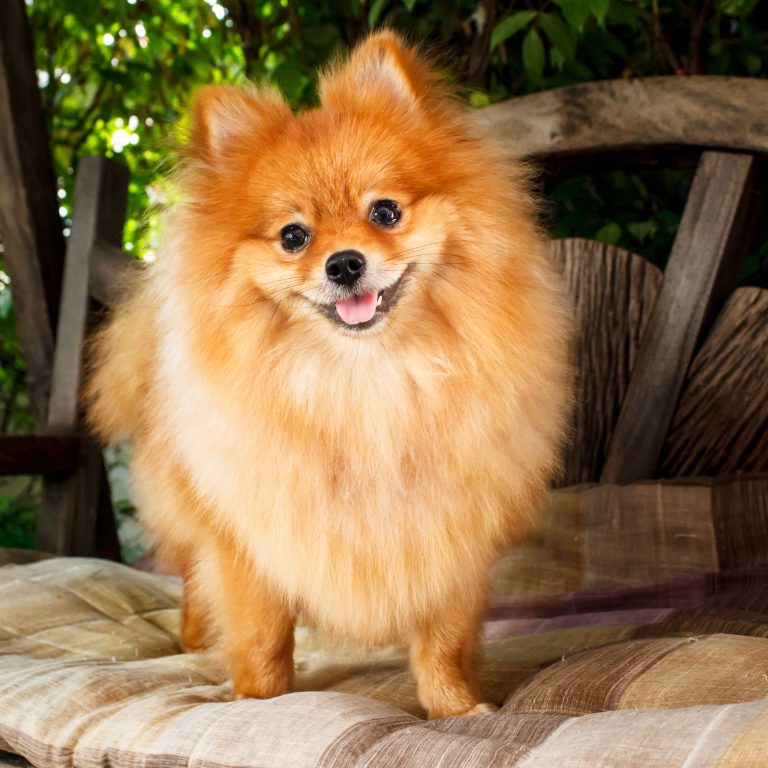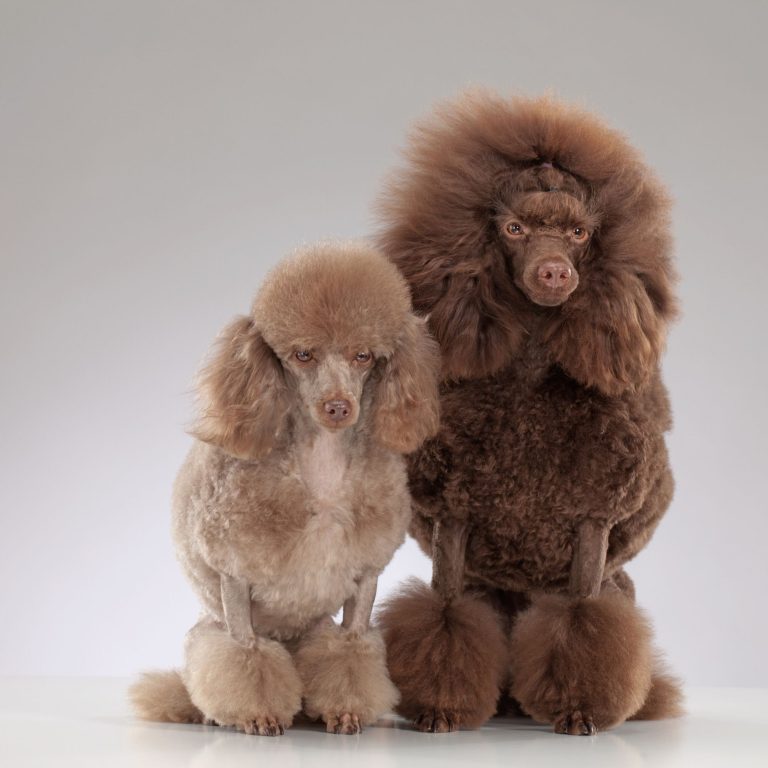Feeding Frenzy: Selecting the Ultimate Bird Feeder for Many Species
The Joy of Bird Watching
Bird watching is a beloved hobby that brings joy and wonder to many people around the world. The diverse beauty of birds and their fascinating behaviors captivate enthusiasts of all ages. By setting up a bird feeder, you can enhance your bird watching experience and attract multiple species to your backyard.
The Beauty and Wonder of Birds
Birds come in a stunning array of colors, shapes, and sizes, making them a delight to observe. From the vibrant plumage of tropical birds to the graceful flight of birds of prey, each species offers a unique visual spectacle. Additionally, birds exhibit a wide range of behaviors, from intricate mating rituals to impressive hunting techniques. Witnessing these captivating moments can leave you in awe of the natural world.
The Role of Bird Feeders in Attracting Multiple Species
Bird feeders play a crucial role in attracting a variety of bird species to your yard. By providing a reliable source of food, you can create an inviting environment that entices different birds to visit and linger. By understanding the preferences of various species and selecting the right bird feeder, you can increase the likelihood of attracting a diverse range of birds.
To attract multiple species, consider using a multi-species bird feeder. These feeders are designed to accommodate different types of bird food and provide a comfortable feeding experience for a variety of species. The ability to attract a diverse range of birds can make your bird watching sessions more exciting and rewarding. For more information on selecting a bird feeder that attracts multiple species, check out our article on bird feeder attracting different birds.
By creating a welcoming environment and selecting the right bird feeder, you can increase the chances of attracting a variety of birds to your yard. Enjoy the beauty and wonder of different bird species as they visit your feeder, bringing life and color to your surroundings.
Understanding Bird Feeders
To attract a variety of bird species to your backyard, it’s important to understand the different types of bird feeders available and the factors to consider when selecting the right one.
Different Types of Bird Feeders
There are several types of bird feeders, each designed to accommodate different feeding habits and preferences of various bird species. Here are some common types of bird feeders:
-
Hopper Feeders: These feeders have a container that holds a large amount of bird seed. As birds perch on the feeder, the seed gradually dispenses into a tray or platform. Hopper feeders are versatile and can attract a wide range of bird species.
-
Tube Feeders: Tube feeders consist of a long, cylindrical tube with multiple feeding ports. They are ideal for attracting small to medium-sized birds such as finches and chickadees. Tube feeders can hold different types of bird seed, including sunflower seeds and nyjer seeds.
-
Platform Feeders: Platform feeders have a flat surface where birds can perch while feeding. They are suitable for attracting birds that prefer to feed on the ground, such as sparrows and juncos. Platform feeders can accommodate various types of bird food, including seeds, fruits, and suet.
-
Suet Feeders: Suet feeders are specifically designed to hold suet cakes or blocks. These high-energy treats are made from animal fat and are especially attractive to woodpeckers, nuthatches, and other insect-eating birds. Suet feeders often have wire mesh or cages to hold the suet securely.
-
Hummingbird Feeders: Hummingbird feeders are designed to hold a sweet nectar solution that attracts these tiny, fast-flying birds. They typically have small feeding ports and may feature bright colors or built-in perches to attract hummingbirds.
Factors to Consider When Selecting a Bird Feeder
When choosing a bird feeder that attracts multiple species, there are several factors to consider to ensure its effectiveness:
-
Feeder Capacity: Consider the size of the feeder and its seed capacity. A larger feeder will require less frequent refilling, especially in high-traffic areas. Ensure that the feeder is appropriate for the number and size of birds you wish to attract.
-
Feeder Design: Look for feeders with perches or trays that accommodate different bird species. Some feeders may have adjustable perches to attract birds of various sizes. Additionally, consider feeders with protective features like rain guards or squirrel baffles to keep the bird food dry and deter unwanted visitors.
-
Feeder Placement: Choose a suitable location for your feeder. Place it in a quiet and safe area, away from windows to prevent bird collisions. Consider the visibility of the feeder so that you can observe the birds without disturbing them. It’s also important to keep the feeder away from potential predators, such as cats.
-
Maintenance: Regular cleaning and maintenance of the feeder are essential to keep it hygienic and prevent the spread of diseases. Choose feeders that are easy to disassemble and clean to ensure the health and well-being of the visiting birds.
By considering these factors and selecting the appropriate bird feeder, you can create a welcoming environment that attracts a diverse range of bird species to your backyard. For more information on attracting multiple bird species, check out our article on bird feeder attracting different birds.
Bird Feeder Features for Multiple Species
When selecting a bird feeder that attracts multiple species, there are certain features to consider that will make your feeder more appealing to a diverse range of birds. By providing the right combination of seed capacity and accessibility, feeder design and perches, as well as feeder placement and protection, you can create a welcoming environment for various bird species to enjoy.
Seed Capacity and Accessibility
To accommodate multiple species of birds, it’s important to choose a bird feeder with sufficient seed capacity. A larger seed capacity ensures that there is enough food available for different birds to feed without frequent refilling. Consider a feeder with a seed capacity of at least 1-2 pounds.
In addition to capacity, the accessibility of the seed is crucial. Opt for a feeder that allows birds of different sizes and beak shapes to access the seed easily. A feeder with adjustable ports or multiple feeding stations can accommodate various bird species, from small finches to larger cardinals. Providing a variety of seed types, such as a seed blend or seed mix, can also attract a diverse range of birds.
Feeder Design and Perches
The design of the bird feeder plays a significant role in attracting multiple species. Look for a feeder with different perching options to accommodate birds with varying feeding habits. Some birds prefer to perch and feed, while others prefer to cling or even feed upside down. A feeder with perches of different lengths and orientations can cater to the preferences of different bird species.
Additionally, consider a feeder with a design that provides protection from larger birds or squirrels monopolizing the food. Features like weight-sensitive mechanisms or cages around the feeder can deter larger animals while allowing smaller birds to access the seed easily.
Feeder Placement and Protection
Proper placement of the bird feeder is essential for attracting a variety of bird species. Position the feeder in an open area, away from dense vegetation where predators may hide. Placing the feeder near trees or shrubs can provide cover and perching spots for birds.
To protect the feeder and the birds, ensure it is positioned at a safe distance from windows to prevent collisions. Regularly clean the feeder to prevent the spread of diseases and maintain a healthy feeding environment for the birds. For more information on feeder maintenance, refer to our article on regular cleaning and maintenance.
By considering the seed capacity and accessibility, feeder design and perches, as well as feeder placement and protection, you can create an inviting space that attracts a diverse array of bird species. Remember to be patient and observant as different birds may take time to discover and visit your feeder. Enjoy the beauty and diversity of the birds that grace your yard with their presence.
Bird Food Options for Attracting Multiple Species
To attract a diverse range of bird species to your garden, it’s important to offer a variety of food options in your bird feeder. Different bird species have different dietary preferences, and providing a selection of bird foods will increase the likelihood of attracting a multitude of feathered visitors. Here are three bird food options that can help you achieve this:
Seed Blends and Mixes
Seed blends and mixes are a popular choice for attracting multiple bird species to your feeder. These blends typically include a variety of seeds such as sunflower seeds, millet, and cracked corn. The different seed types appeal to a wide range of birds, including finches, sparrows, chickadees, and cardinals.
When selecting a seed blend, opt for a mix that is specifically formulated to attract a variety of bird species. These blends are often labeled as “multi-species” or “wild bird” blends. By offering a diverse seed blend, you can provide a well-rounded source of nutrition that will appeal to many different types of birds.
| Seed Type | Birds Attracted |
|---|---|
| Sunflower Seeds | Cardinals, finches, chickadees |
| Millet | Sparrows, doves, juncos |
| Cracked Corn | Blue jays, sparrows, doves |
Suet and Seed Cakes
Suet and seed cakes are another great option for attracting multiple bird species. These cakes are made by combining birdseed with a binding agent, such as suet or gelatin, and are typically shaped into blocks or cakes. Suet and seed cakes are highly nutritious and provide a concentrated source of energy for birds.
The high fat content in suet attracts birds like woodpeckers, nuthatches, and chickadees, while the addition of seeds makes it appealing to species like finches and sparrows. To attract an even wider variety of birds, consider using suet cakes that include additional ingredients like nuts, fruit, or insects.
| Ingredients | Birds Attracted |
|---|---|
| Suet + Sunflower Seeds | Woodpeckers, nuthatches, chickadees |
| Suet + Nuts + Fruit | Blue jays, finches, sparrows |
Nectar and Fruit Feeders
If you’re interested in attracting hummingbirds or orioles, nectar and fruit feeders are essential additions to your bird feeding station. Hummingbirds are particularly drawn to nectar feeders, which provide a sweet liquid solution that mimics the nectar found in flowers. Oriole feeders, on the other hand, are designed to hold slices of fruit, such as oranges or grapefruit, which attract these brightly colored birds.
When preparing nectar for hummingbirds, it’s important to use a solution of four parts water to one part white granulated sugar. Avoid using honey or artificial sweeteners, as these can be harmful to the birds. For orioles, simply slice the fruit and place it in the designated feeder, ensuring that it is fresh and replaced regularly.
By offering nectar and fruit feeders alongside seed blends and suet cakes, you can cater to the dietary preferences of a wide variety of bird species. Remember to clean and refill your feeders regularly to maintain their appeal and keep the birds coming back. For more information on attracting different bird species, check out our article on bird feeder attracting various bird species.
Tips for Attracting a Variety of Birds
To create a bird-friendly environment that attracts a diverse range of bird species to your yard, there are a few key tips to keep in mind. By implementing these strategies, you can increase the chances of attracting a wide variety of birds to your bird feeder for multiple species.
Creating a Welcoming Environment
Creating a welcoming environment is essential for enticing different bird species to visit your yard. Here are a few steps you can take to make your yard more appealing to birds:
-
Provide a variety of food sources: Besides your bird feeder, include natural food sources such as flowering plants, trees, and shrubs that produce berries, seeds, or nectar. This will cater to different dietary preferences and attract a wider range of bird species.
-
Offer fresh water: Birds need water for drinking and bathing. Install a birdbath or a shallow basin with fresh water, ensuring it is clean and changed regularly. Adding a water feature, such as a small fountain or dripping hose, can further attract birds.
-
Create shelter: Birds seek shelter for protection and nesting. Plant trees and shrubs that provide cover and create a safe habitat. Brush piles, nest boxes, and birdhouses can also provide additional nesting options.
-
Reduce pesticide use: Minimize the use of pesticides in your yard, as they can be harmful to birds and their food sources. Opt for natural pest control methods and organic gardening practices.
Regular Cleaning and Maintenance
Maintaining a clean and well-maintained bird feeder is crucial for attracting multiple bird species. Here are a few tips to keep in mind:
-
Clean the feeder regularly: Regularly clean the bird feeder to prevent the spread of diseases. Remove any remaining food, debris, or mold and wash the feeder with a mild detergent. Rinse it thoroughly and allow it to dry completely before refilling.
-
Keep the feeding area clean: Clear away spilled seeds and hulls from the ground beneath the feeder. This helps to prevent the accumulation of debris and discourages rodents or pests from being attracted to the area.
-
Monitor and replenish food: Keep a close eye on the bird feeder to ensure it is well-stocked with fresh food. Different bird species have varied preferences, so offering a variety of seeds, suet, or nectar can help attract a diverse range of birds. Check out our article on bird feeder attracting different birds for more information on bird food options.
Patience and Observation
Finally, patience and observation are key when it comes to attracting multiple species of birds to your yard. Remember that birds have their own behaviors and preferences. Here are a few tips to enhance your bird-watching experience:
-
Be patient: Attracting a variety of bird species takes time. It may take a while for birds to discover and become comfortable with your feeder and yard. Be patient and consistent in providing food, water, and shelter.
-
Observe bird behavior: Spend time watching the birds that visit your feeder. Take note of their feeding patterns, preferences, and interactions. This can help you better understand their needs and make necessary adjustments to attract a wider variety of species.
-
Document and learn: Keep a birding journal or take photographs of the birds you observe. This allows you to track the different species that visit your yard over time. Use online resources and field guides to identify and learn more about the birds you encounter.
By implementing these tips, you can create an inviting environment that attracts a diverse array of bird species to your yard. Enjoy the beauty and diversity of nature as you observe the unique behaviors and interactions of the birds that frequent your bird feeder for multiple species.







